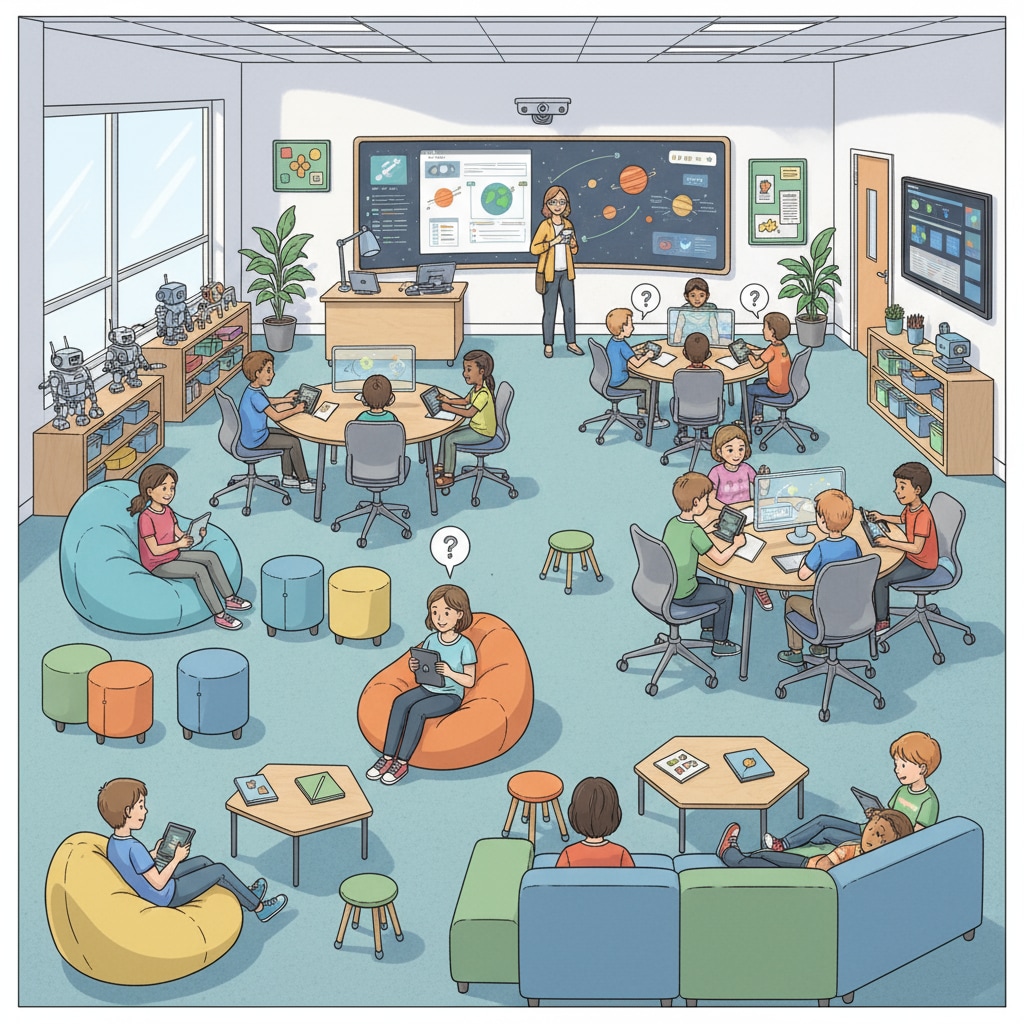K-12 educational space design, teenager interests, and architectural design are intertwined elements that are crucial in shaping the modern learning experience. In today’s rapidly evolving world, understanding the unique needs and interests of teenagers is the key to creating educational spaces that not only facilitate academic growth but also support their overall well-being.

As we emerge from the shadow of the pandemic, the landscape of education has undergone a significant transformation. The traditional classroom setup is no longer sufficient to meet the demands of contemporary learners. This calls for a reimagining of K-12 educational spaces, with a focus on integrating digital technology, social interaction needs, and personalized learning opportunities.
The Changing Landscape of Teenager Interests
Teenagers today are growing up in a digital age, where technology is an integral part of their lives. Their interests have expanded beyond the traditional boundaries of textbooks and classrooms. For example, they are highly engaged in online gaming, social media, and digital content creation. According to Pew Research Center, a significant portion of teenagers spend a considerable amount of time on these digital platforms. This shift in interests implies that educational spaces need to incorporate digital elements to capture their attention and facilitate learning. In addition, teenagers value social interaction and collaboration. They thrive in environments where they can share ideas, work in teams, and build relationships. Therefore, architectural design should prioritize creating spaces that encourage socialization, such as group study areas, lounges, and outdoor gathering spots.

Architectural Design for Personalized Learning
Personalized learning is another key aspect that K-12 educational space design must address. Every teenager has unique learning styles and paces. Architectural design can support this by creating flexible and adaptable spaces. For instance, classrooms can be designed with movable furniture, allowing for different seating arrangements depending on the activity. Some students may prefer individual study cubicles, while others work better in small groups. By providing a variety of learning settings, educational institutions can cater to the diverse needs of their students. Moreover, natural light and ventilation are essential factors in enhancing the learning experience. Research from Edutopia has shown that well-lit and well-ventilated spaces can improve students’ mood and concentration. Thus, architects should incorporate large windows, skylights, and proper ventilation systems into the design of educational buildings.
In conclusion, K-12 educational space design, teenager interests, and architectural design are at the forefront of creating a more effective and engaging learning environment for the youth. By understanding the changing interests and needs of teenagers and translating them into architectural design, we can reshape the future of education. This approach will not only benefit students’ academic performance but also contribute to their mental health and overall development.
Readability guidance: The article uses short paragraphs and lists to summarize key points. Each H2 section provides a list of relevant ideas. The proportion of passive voice and long sentences is controlled, and transition words are added throughout the text for better flow.


